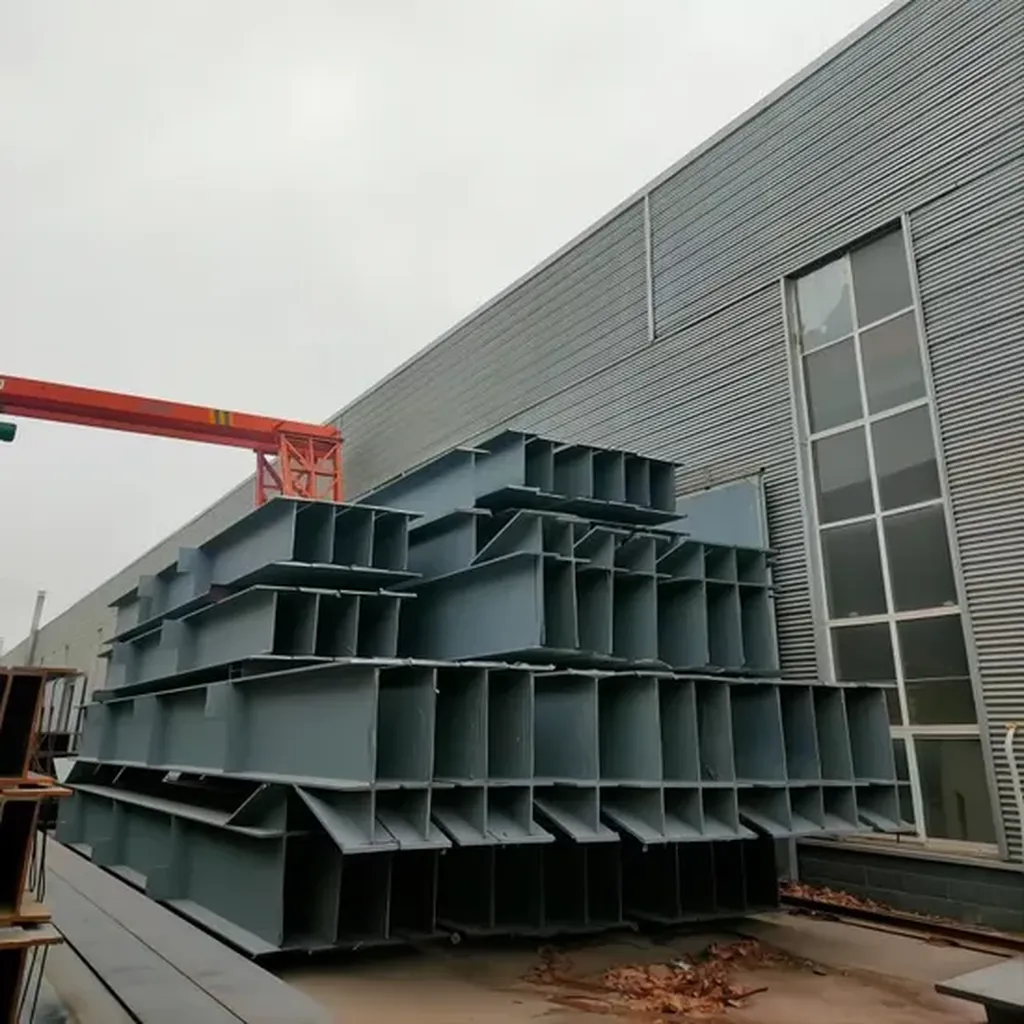In the heart of China, a pioneering construction project is setting new standards for large-span steel truss structures, with implications that could ripple through the energy sector and beyond. The Hangzhou Renhe Grain Reserve Warehouse Pier Steel Canopy, a massive steel network arching over a river, presents unique challenges and opportunities for modern engineering.
The project, led by Xu Changsen, faces a critical hurdle: the structure spans a river, leaving no natural workspace beneath for traditional construction methods. “We needed a solution that balanced cost-effectiveness with the constraints of our site,” Xu explains. The chosen method, a cumulative sliding construction technique without short tracks, was selected after a meticulous comparison of stress factors, controllability, and precision demands.
Xu’s team turned to advanced simulation software, Midas Gen, to model the entire construction process. By layering design loads onto the final structure’s load, they achieved a comprehensive simulation that validated the safety and feasibility of their approach. This rigorous analysis not only ensures the project’s success but also sets a precedent for future ventures.
The team also innovated in their design of the sliding support structure and assembly platform, prioritizing ease of installation and removal, high load-bearing capacity, and excellent lateral resistance. They addressed potential issues like “rail biting” during sliding through clever engineering solutions, such as pre-tilting the sliding shoes and increasing the clearance between the shoe limit stops.
For the energy sector, the implications are significant. Large-span structures are often required for energy infrastructure, such as power transmission lines and renewable energy facilities. The techniques developed for this project could lead to more efficient, safer, and cost-effective construction methods in these areas.
Published in the journal *Jianzhu Gangjiegou Jinzhan* (translated as *Advances in Structural Steelwork*), this research is poised to influence the future of construction. As Xu’s work demonstrates, the marriage of innovative design and advanced simulation can overcome even the most daunting engineering challenges. The Hangzhou project is not just a testament to human ingenuity but also a beacon for the future of large-scale construction.

